Key Takeaways:
1. OAB is a common bladder condition that affects over 200 million people globally, potentially impacting an individual’s quality of life.
2. Accurate diagnosis of OAB can be made through physical examination, bladder tests and imaging tests.
3. Treatment for OAB typically includes lifestyle changes, medications, and behavioral therapy. St Pete Urology is an excellent provider for diagnosis and treatment in the St. Petersburg area.
 Having a condition like an overactive bladder (OAB) can be a source of embarrassment and discomfort for an individual. Furthermore, this condition ranks among the most common bladder issues. Overactive Bladder (OAB) is characterized by a sudden and intense urge to urinate, often occurring more than 8 times a day and/or causing frequent awakenings during the night for urination (2 or more times per night). Globally, it impacts over 200 million people and can significantly disrupt one’s quality of life. In this article, we will elucidate the process of diagnosing OAB, outlining the necessary tests and examinations, available treatments, and emphasizing the importance of early diagnosis and intervention.
Having a condition like an overactive bladder (OAB) can be a source of embarrassment and discomfort for an individual. Furthermore, this condition ranks among the most common bladder issues. Overactive Bladder (OAB) is characterized by a sudden and intense urge to urinate, often occurring more than 8 times a day and/or causing frequent awakenings during the night for urination (2 or more times per night). Globally, it impacts over 200 million people and can significantly disrupt one’s quality of life. In this article, we will elucidate the process of diagnosing OAB, outlining the necessary tests and examinations, available treatments, and emphasizing the importance of early diagnosis and intervention.
Diagnosis of Overactive Bladder
The first step towards an accurate diagnosis of OAB is to make a thorough patient medical history to review prior medical history and possible underlying medical conditions that could be contributing to OAB. After an initial review, a physical examination is the next necessary step. The physical examination can provide important clues as to the possible causes of the OAB symptoms. After physical examination, bladder tests and imaging tests are the most common tests used to diagnose OAB with accurate precision.
Bladder Function Tests:
To better understand the individual’s bladder functionality, bladder function tests can be carried out. This includes urine flow tests and post-void residual (PVR) tests. Urine flow tests measure the flow rate of urine and the PVR tests measure how much urine is left in the bladder after urination. These tests give important information on the type of OAB and how it is being managed.
Imaging Tests:
Additionally, if other tests yield inconclusive results, healthcare providers may employ imaging tests to diagnose OAB. These tests have the capability to display images of the bladder and urinary tract, aiding in the identification of any underlying issues. These issues may include a blocked or narrowed urethra and abnormalities in bladder muscles or valves. Also, the presence of other underlying conditions like bladder stones or tumors.
Treatment of Overactive Bladder
Once an individual has been diagnosed with OAB, treatments to manage it can be initiated. These treatments are broken down into lifestyle changes, medications, and behavioral therapy.
Lifestyle Changes:
Making lifestyle changes is always the first step to managing OAB. Lifestyle includes reducing substance use, i.e. caffeine, alcohol or other stimulants, that can irritate the bladder. Limiting intake of fluids before bed, potential allergies to certain foods, managing stress, and increasing physical activity levels can also help to reduce pain and symptoms of OAB.
Medication:
If lifestyle changes don’t provide enough relief, medications are typically the second step in the treatment plan. Although these medications can help to reduce OAB symptoms, they can also produce unwanted side effects. Therefore, it is important to review all potential risks and side effects with your doctor before taking any medication.
Behavioral Therapy:
Behavioral therapy is another treatment type for OAB. This type of therapy is designed to help individuals gain better control of their bladders. The therapy helps to build awareness of the body’s signals when the bladders have reached a certain capacity and teaches individuals to delay or prevent urge responses.
Conclusion
Overactive bladder is a condition that affects many people and can cause significant discomfort and disruption to an individual’s daily activities. Accurate diagnosis of OAB can be made through physical examination, bladder tests and imaging tests. Once diagnosis is complete, treatment can begin. Treatments for OAB typically include lifestyle changes, medications, and behavioral therapy. Early diagnosis and treatment of OAB can help to reduce symptoms and improve quality of life.
St Pete Urology is a premier urology practice and leader in diagnosing and treating OAB in the St. Petersburg, Florida area. St Pete Urology’s dedicated team of highly experienced specialists and professional staff members work together to provide you with the best possible treatment so you can get back to living a life free from OAB symptoms and discomfort.
References:
- “Urodynamic Testing: What Is It, Procedure & What To Expect.” 17 Aug. 2020, https://my.clevelandclinic.org/health/diagnostics/15684-urodynamic-testing.
- “Overactive bladder (OAB) and lifestyle modification – Female Urology.” https://www.urineincontinence.com.au/overactive-bladder/overactive-bladder-oab-and-lifestyle-modification.
- “Diagnosing Overactive Bladder – WebMD.” 7 Jun. 2022, https://www.webmd.com/urinary-incontinence-oab/overactive-bladder-making-diagnosis.


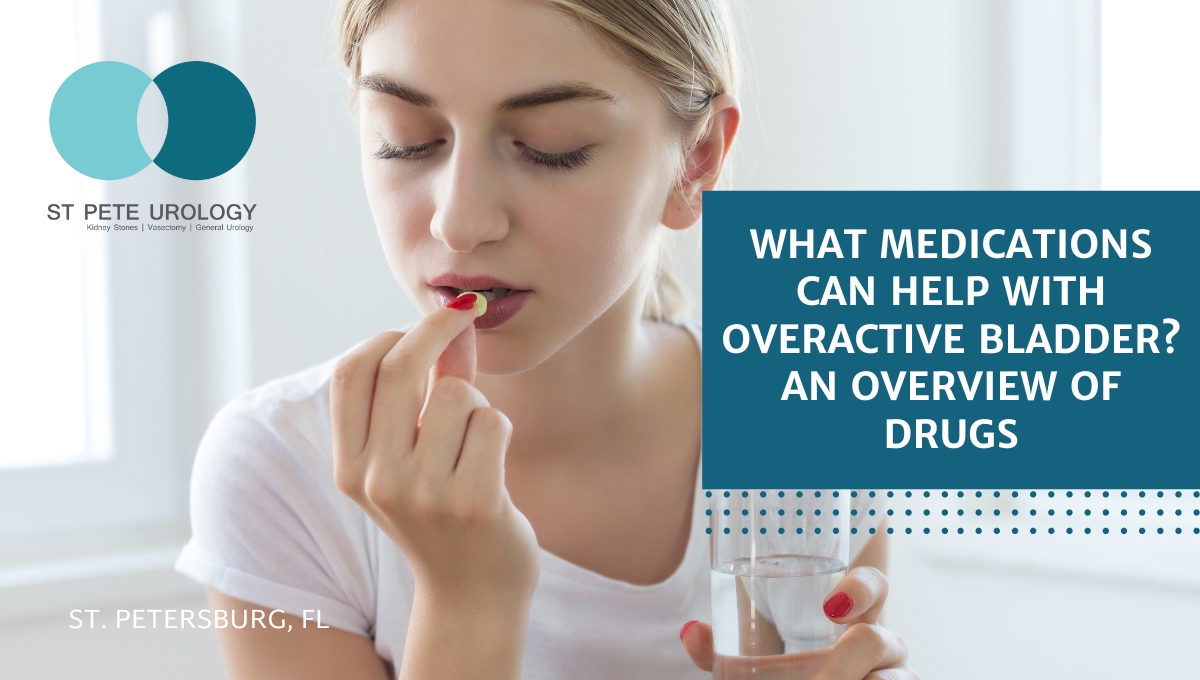
 Overactive bladder
Overactive bladder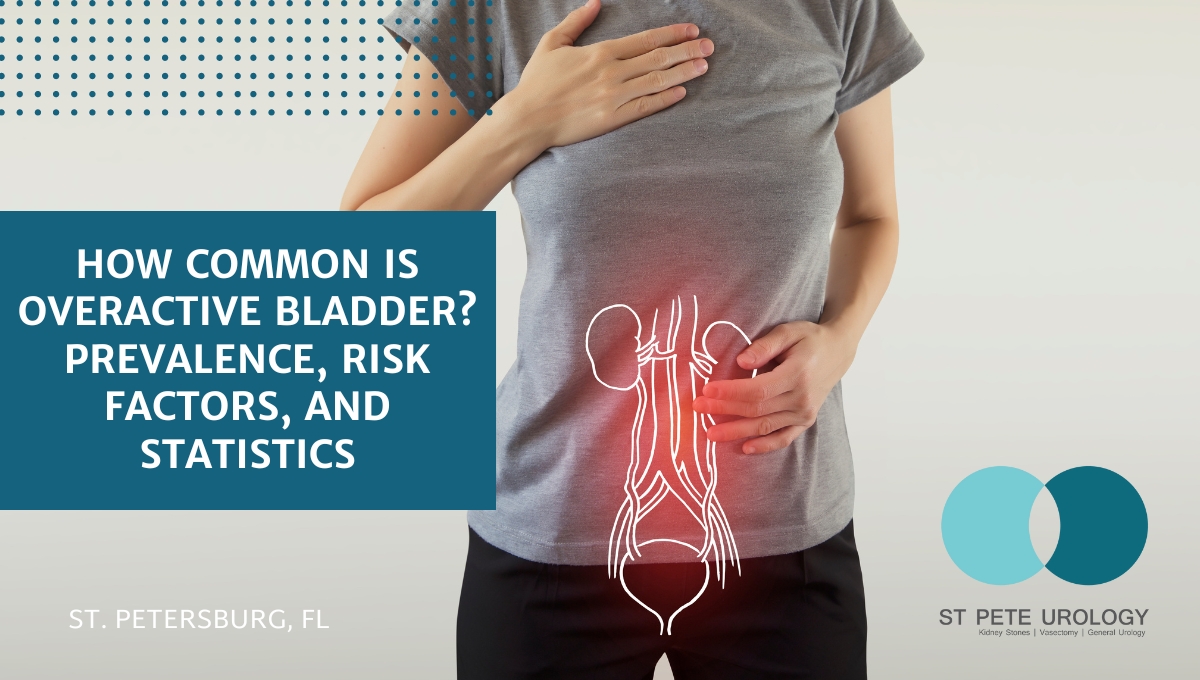
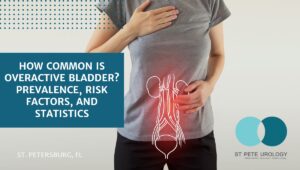 Overactive bladder
Overactive bladder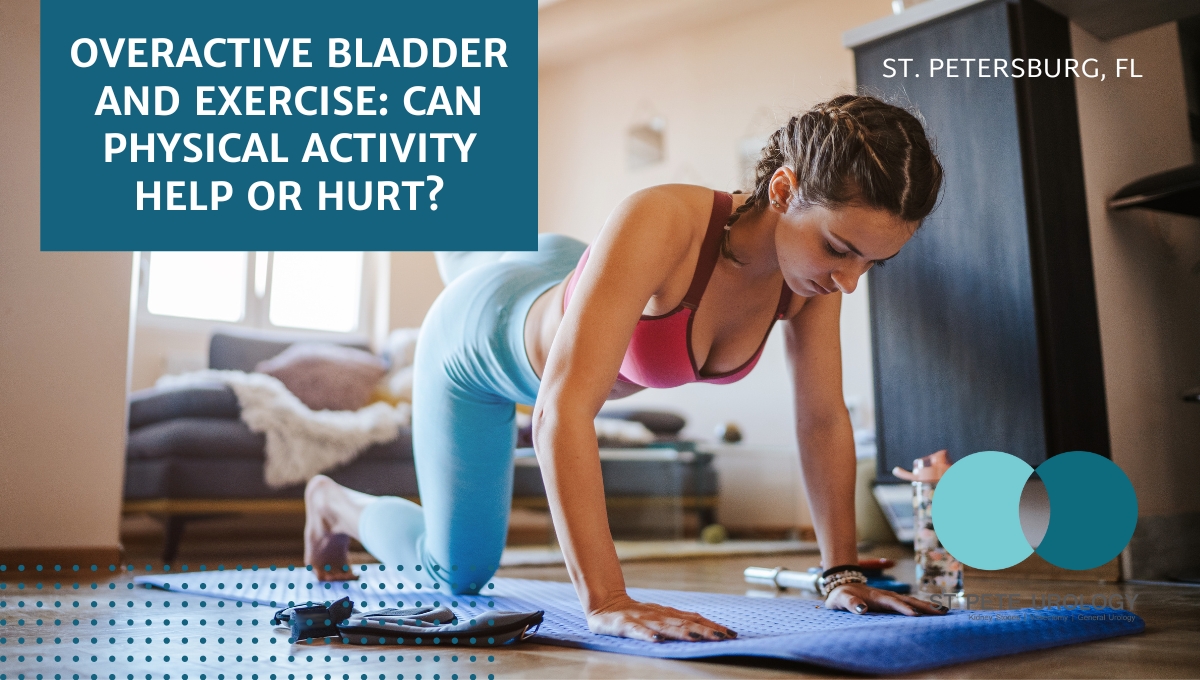
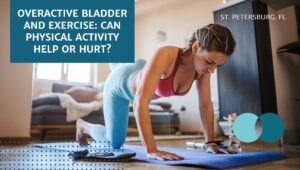 Exercise is essential to maintaining good physical and mental health. Regular physical activity can reduce the risk of heart disease, diabetes, stroke, and mental health problems. Exercise can also improve bowel and bladder health, but this is not always the case.
Exercise is essential to maintaining good physical and mental health. Regular physical activity can reduce the risk of heart disease, diabetes, stroke, and mental health problems. Exercise can also improve bowel and bladder health, but this is not always the case. 
 Overactive bladder is a condition that affects many people, and the effects can be very uncomfortable. It is important to understand potential dietary causes for your OAB and learn about foods that you can eat to help improve your bladder health. In this article, we will discuss what an overactive bladder is, potential causes, diet tips, and foods to avoid to improve your bladder health.
Overactive bladder is a condition that affects many people, and the effects can be very uncomfortable. It is important to understand potential dietary causes for your OAB and learn about foods that you can eat to help improve your bladder health. In this article, we will discuss what an overactive bladder is, potential causes, diet tips, and foods to avoid to improve your bladder health.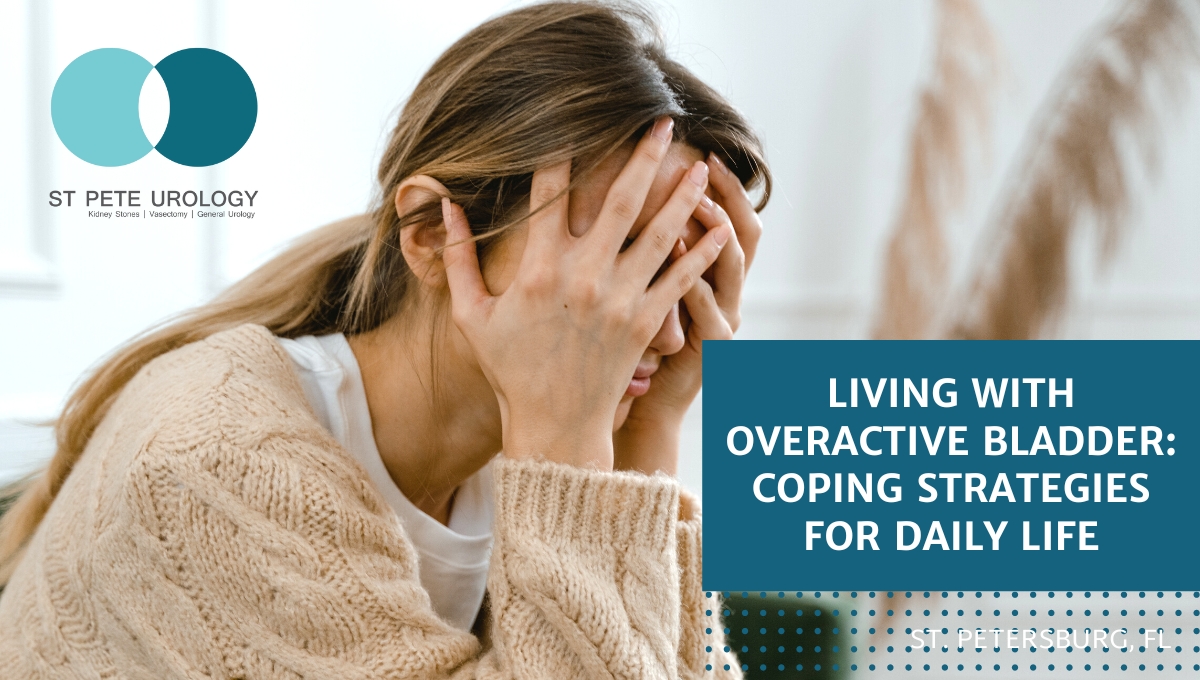
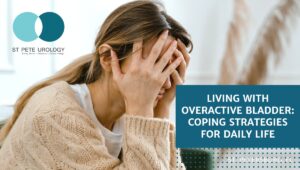 Overactive bladder
Overactive bladder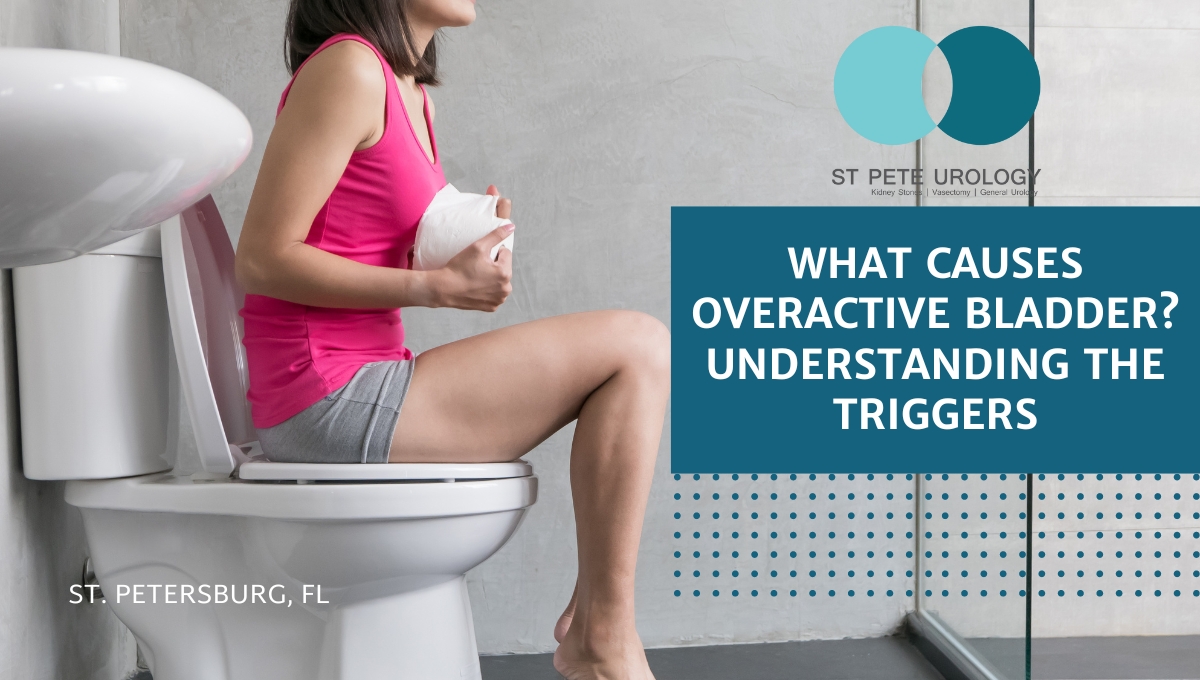
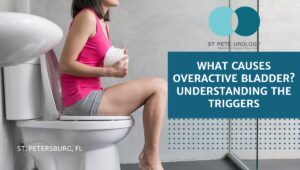 For anyone suffering from the frequent, sudden, and uncontrollable need to urinate, what causes
For anyone suffering from the frequent, sudden, and uncontrollable need to urinate, what causes